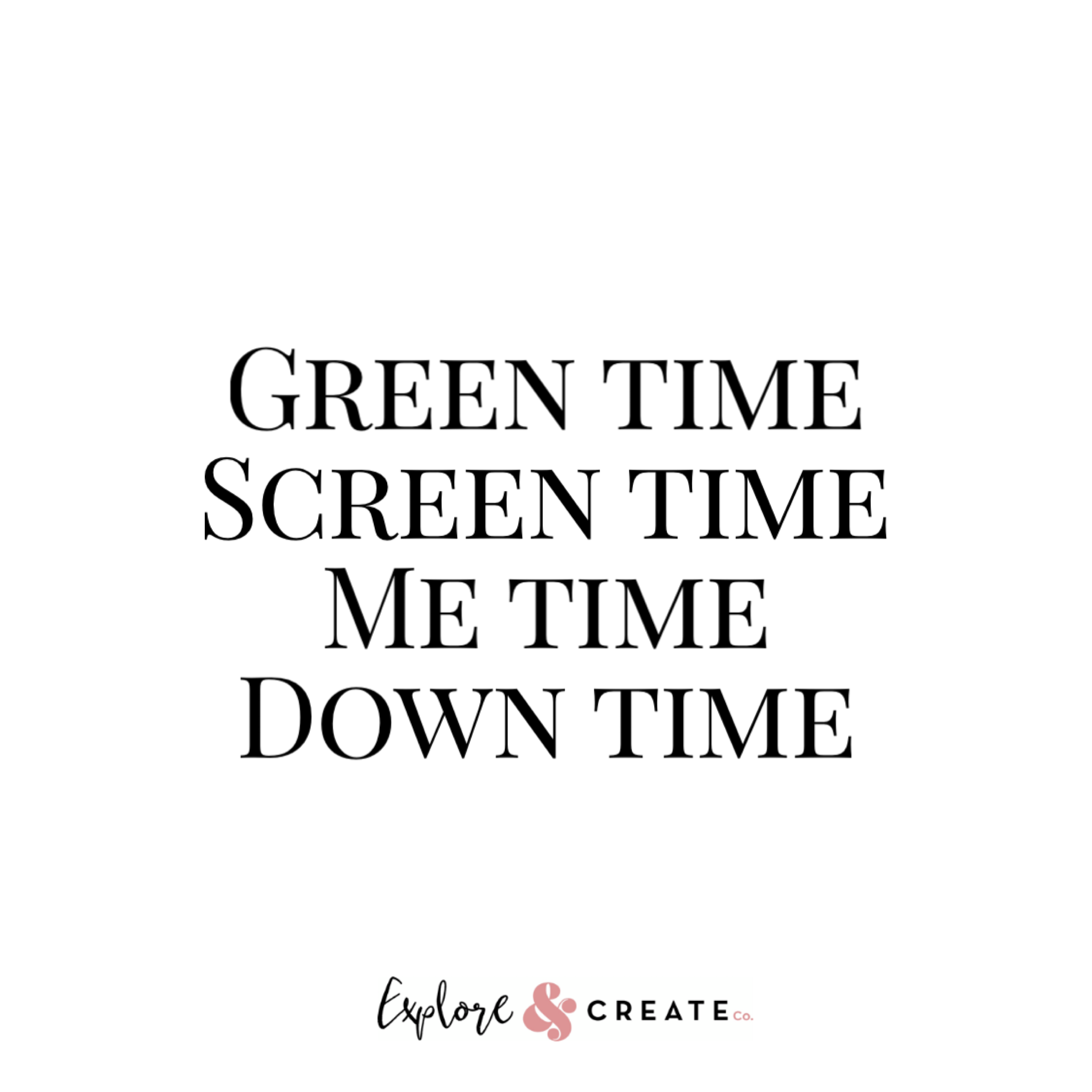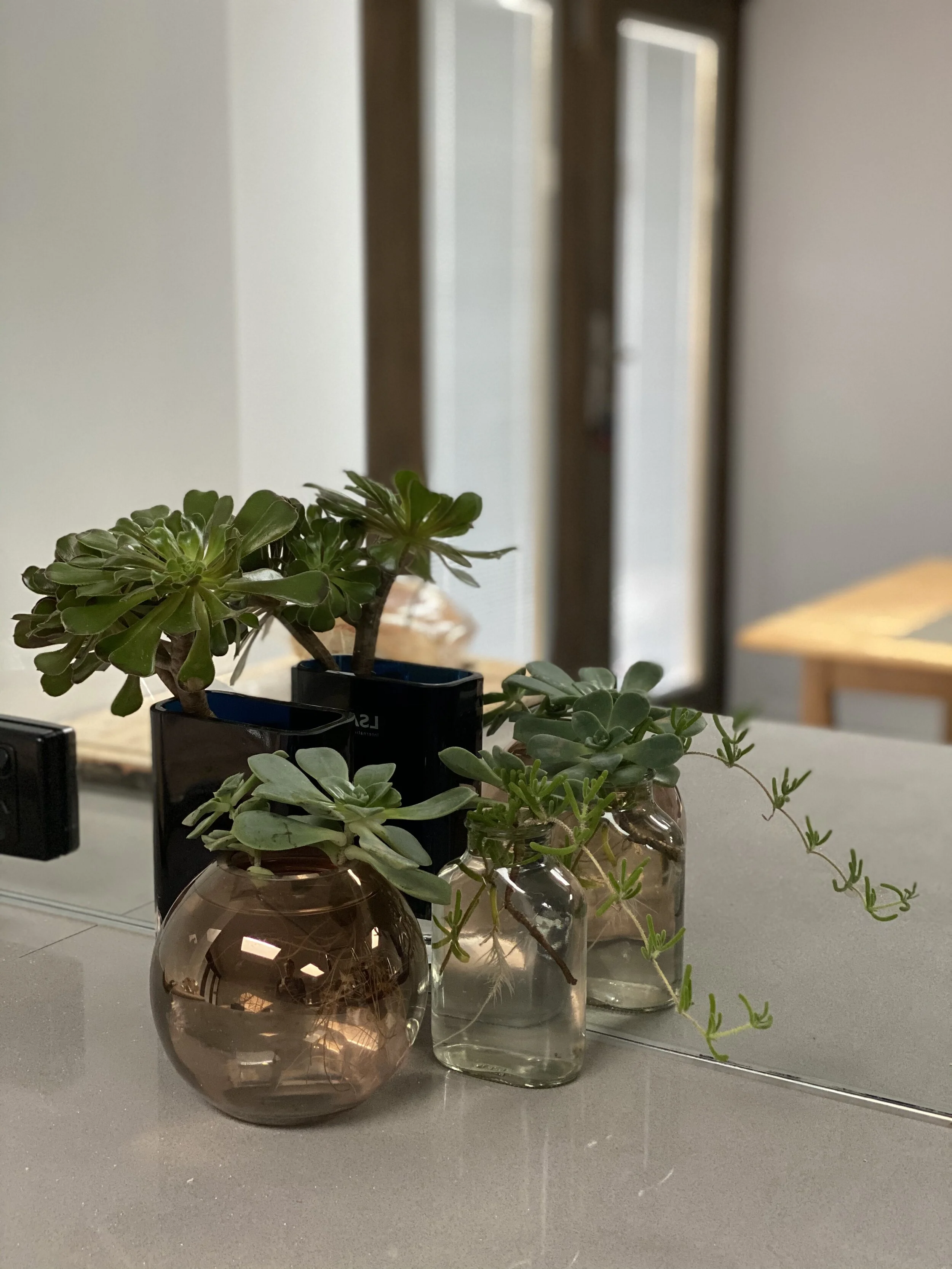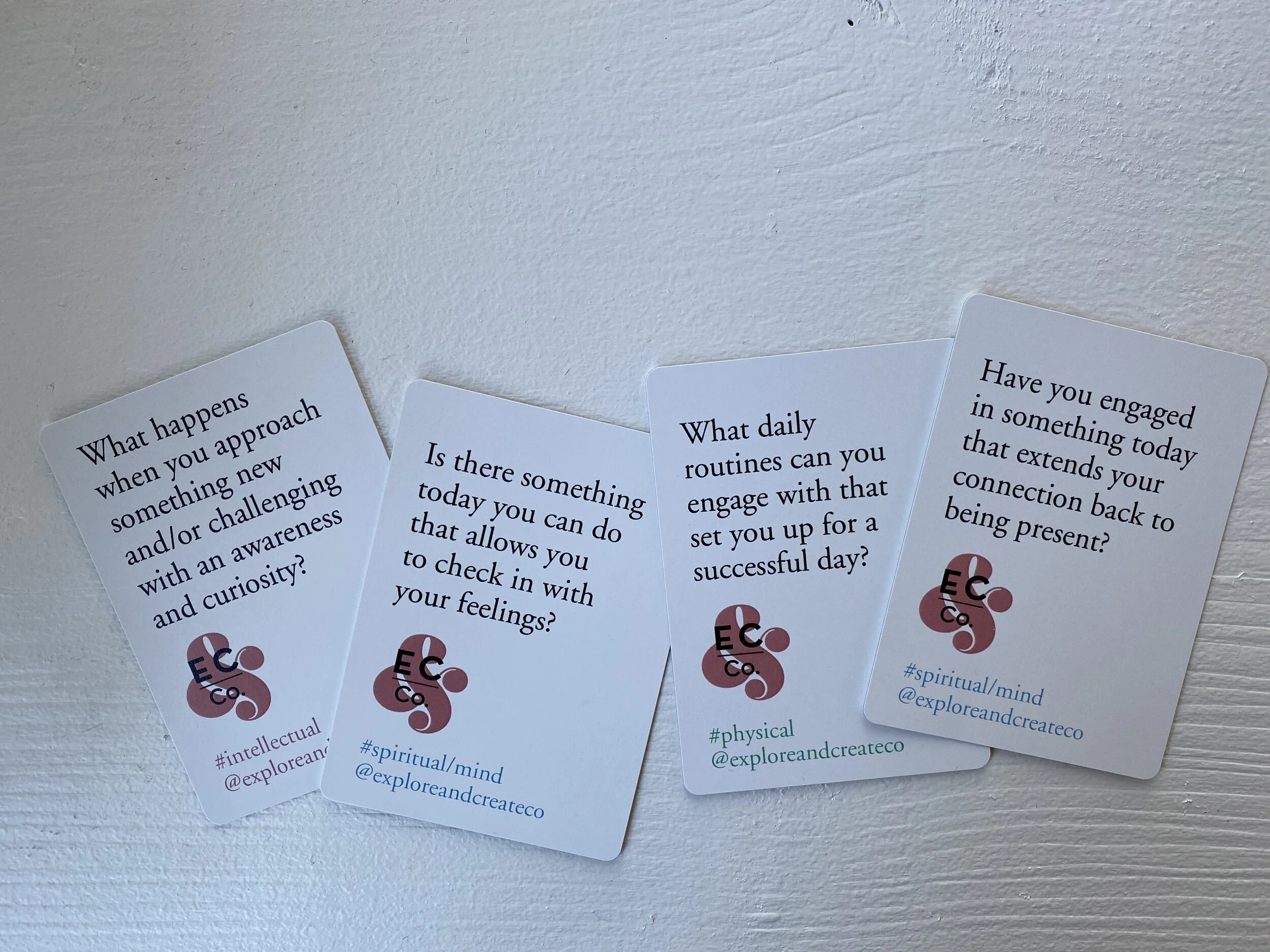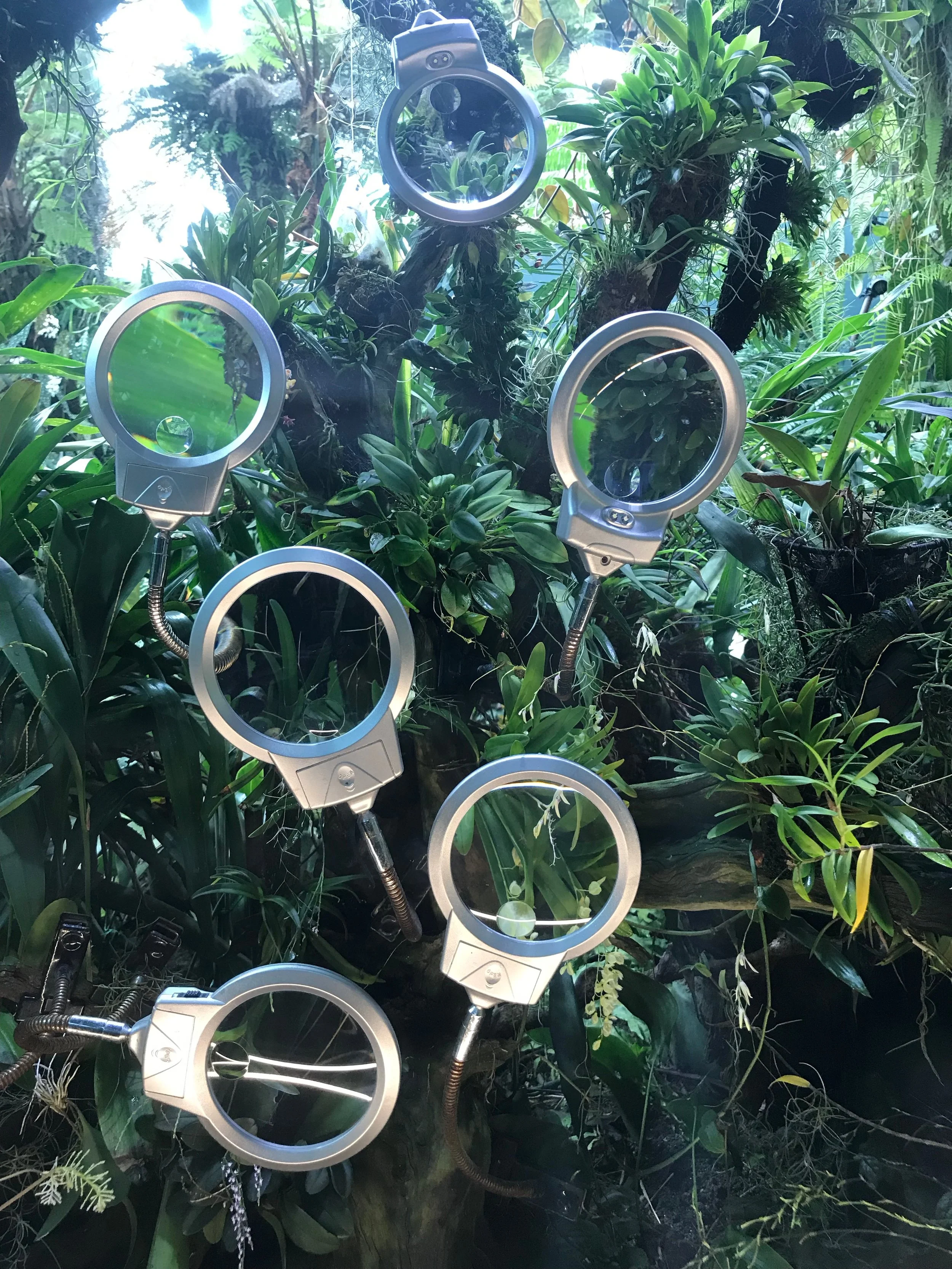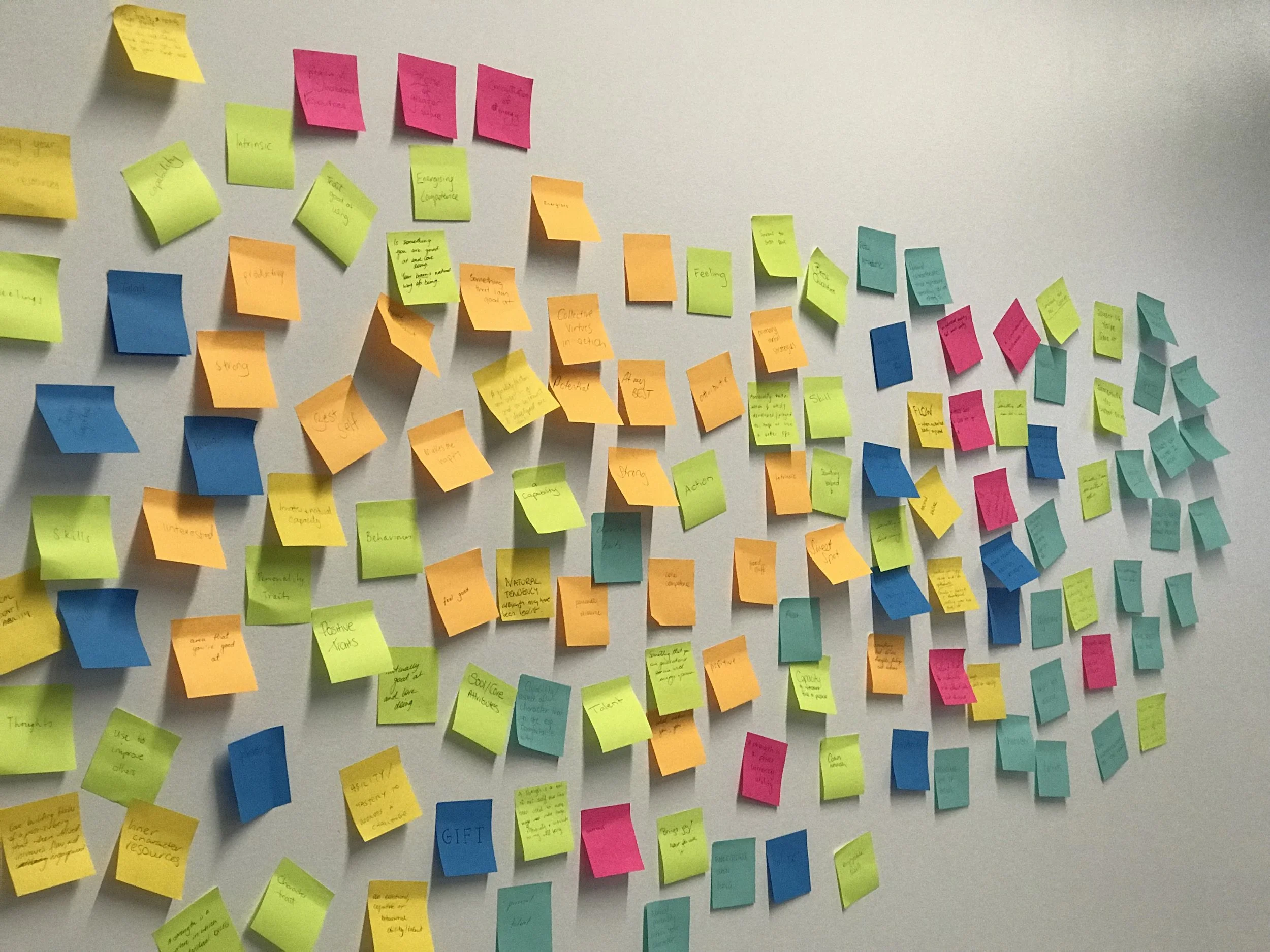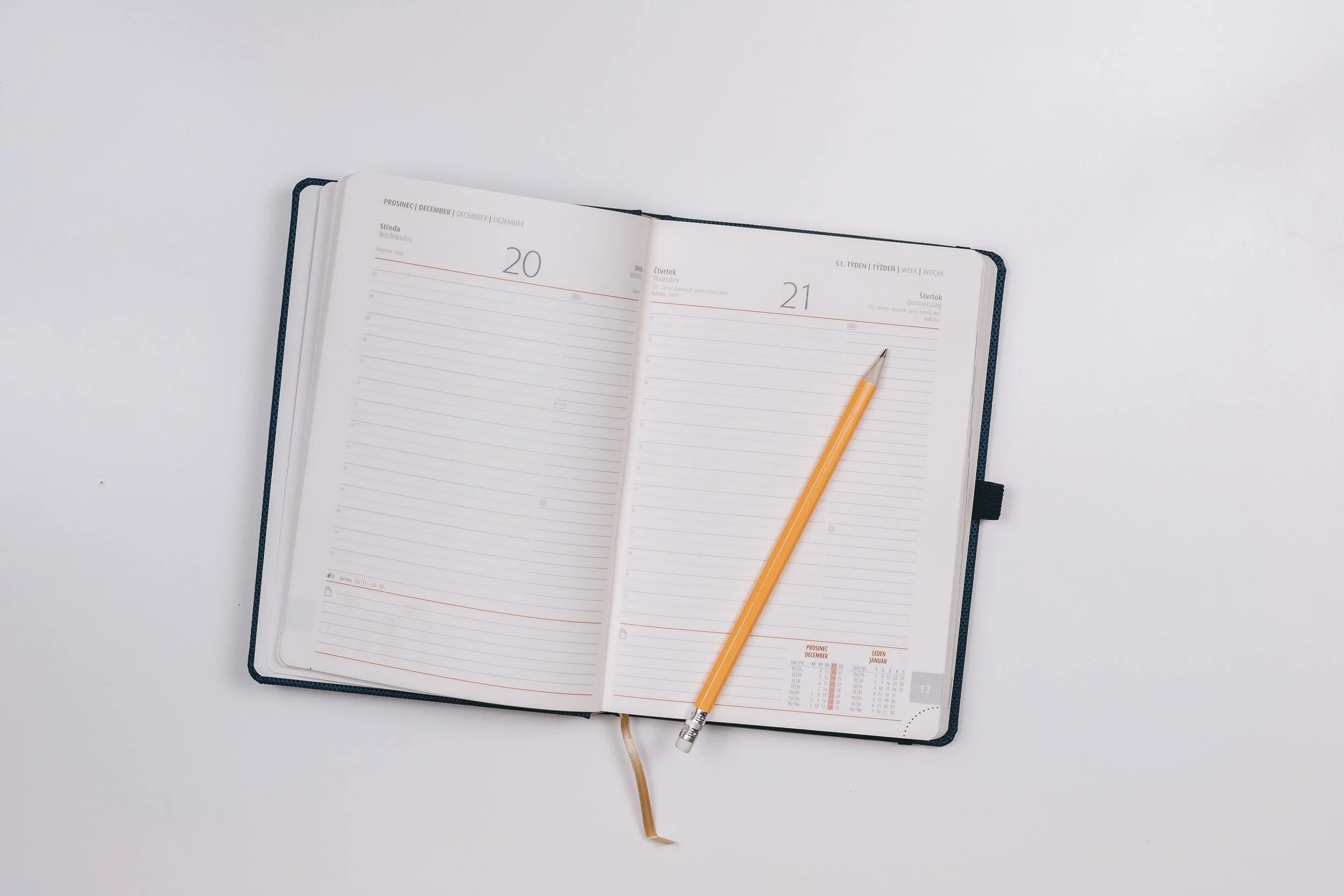Gratitude involves the ability to notice, appreciate, and savour. When we intentionally apply attention to being grateful or expressing a gratitude, we can increase enjoyment of experiences and in turn there is an increase in strengths such as kindness, appreciation, perspective, and optimism that enhance our wellbeing. There are many different ways to do this. In this post I share some strategies and a list of questions to scaffold and support your expression of a gratitude to yourself.
Read MoreTiny habits put together help with the end result, the change you want to see. But the habit itself, the tiny change you make, won’t make the habit form into a routine. It is the system of the habit that is key to the transformation. We have to fall in love with the process, and it has to become a part of our identity. In this way the habit becomes about the cycle of refinement and continuous growth, not the end goal.
Read More
Habits are about making small changes. These small changes accumulate over time to make a big difference. Often we can underestimate the small changes, the small tweaks we make to our thinking or behaviour thinking they don’t make a difference. But in fact, it is the small, tiny little tweaks we make, that add up and contribute to improvements in our self.
Read MoreQuestions to think about and you ponder your screen time, green time, down time and me time.
Read More
How we spend our time is remarkably different right now. To be kinder to myself I am thinking about my day like this:
Screen time
Green time
Me time
Down time
Read MoreEvery day I go for a walk. I walk to feel the fresh air on my skin, to smell nature and to notice beautiful things around me. I also walk to pause. To pause, stop, refresh and renew. On my walk I’ve been noticing new things, and I’ve been sharing these on social media as a way to share my pause and pass it on to others.
Read MoreRaise your hand if you are a little bit unsure as to what spending more time at home might look like for you? Here are a load of tips, strategies for you, your family, friends and housemates for you to be curious about.
Read MoreI had the privilege this morning of working with a group of final year pre-service teachers preparing to enter their last professional experience (time in the classroom where theory and practice are put into action). Our focus today was goal setting, and we approached this by exploring our ideas around what it means to be a teacher and our why of being a teacher closely connected to who we are right now as teachers as this identify formation is occurring. One of the key aspects of this was working to our strengths and extending our knowledge and language around how we can do this.
Read MoreDecember in brings a new level of busyness for all of us. Whether you are the one running around trying to get everything done or you are the one trying to maintain your Zen while preparing to stop and take a break, here are my tips for you.
Read More
One of the greatest gifts can be to just stop. Stopping doesn’t have to be a big event. Small micro moments are just as powerful.
Read More'Circle of niceness' is a way of being. It is group of people, in this case those working in higher education, that have a shared understanding of the profession and who problem solve through supportive and mutually respectful ways.
Read MoreI thought perhaps we had moved forward in our notions of self-care and that indeed we require care for our self in order to care for others. Maybe not?
Read MoreAs our brain is hardwired to think and get lost in our ruminations, being present is about noticing what you are doing, thinking, being, saying at this very moment in time.
Read MoreAs I read, learn, practice and explore more about mindfulness, I am appreciative of those who find the concept difficult or have questions or present with challenges. I’m an advocate for exploring these further.
Read MoreWhen we overuse our strength of creativity, we can freak others out! What can be energising and motivating for some of use can be the driect opposite for others. Let’s explore 4 tips that will help connect everyone in this situation.
Read MoreWhen we are mindful we better use our strengths. Mindfulness offers the how for the practice of strengths . It reminds us of being intentional.
Read MoreWhen you have a little saying or a supportive word you tell yourself regularly you can view these as a mantra, that is a statement or slogan that energizes and centres you.
Read MoreIs my face red? Is my voice wavering? How will I survive this presentation with everyone looking at me? Nearly every one of us has had one or more of these thoughts when under pressure to perform in the workplace as we lead a team, give a pitch, or even speak in front of others.
Read MoreI have embarked on an experiment to see how I can look at how I use my time and reduce my work hours but also honour the best parts of the day that work for me for creative and think time.
Read MoreIf we are being present with a boundary setting, then we need to be present with the process.
Read More




